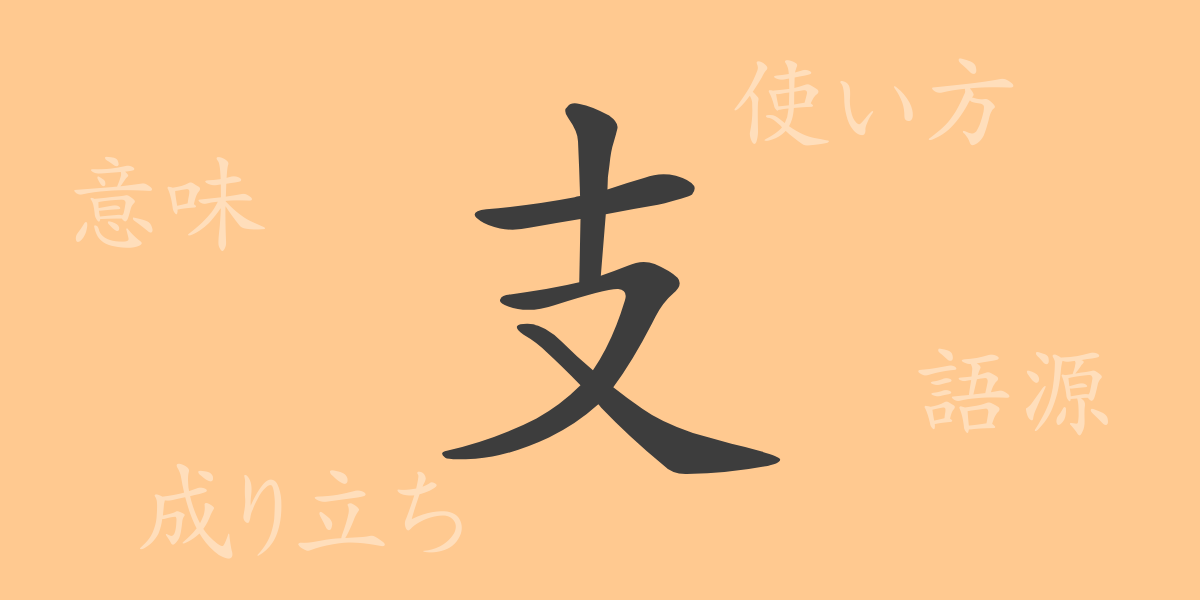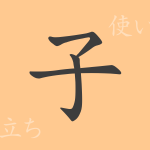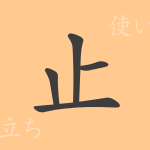There are many kanji characters in the Japanese language that hold deep meanings. Among them, “支(し)” is a common kanji that is deeply rooted in our daily lives. In this article, we will explore everything about the kanji “支(し),” from its origins to its meanings, usage, readings, and idioms. Whether you are a Japanese language learner or a native speaker, you might discover something new. Let us guide you into the world of “支(し).”
Origins of 支(し)
The kanji “支(し)” originated in ancient China and is believed to have derived from a pictograph representing a branch. The original shape depicted a tree branch dividing, symbolizing support and branching out. Over time, the shape evolved into the current form of “支(し).” This evolution reflects the historical and cultural changes the kanji has undergone.
Meanings and Usage of 支(し)
The kanji “支(し)” primarily means “to support,” “to pay,” and “to sustain.” It is also used to indicate branches or points of divergence. These meanings are reflected in its usage in Japanese, where it is employed in a variety of expressions.
Readings, Stroke Count, and Radical of 支(し)
The kanji “支(し)” has several readings in Japanese.
- Readings: The on’yomi (音読み) is “シ(し),” and the kun’yomi (訓読み) includes “ささえる” and “つかえる.”
- Stroke count: “支(し)” has a total of 4 strokes.
- Radical: The radical is “十(じゅう).”
Idioms, Phrases, and Proverbs Using 支(し) and Their Meanings
There are many idioms, phrases, and proverbs in Japanese that include “支(し).” Here are a few examples:
- 支払い(しはらい): Paying money.
- 支持(しじ): Supporting an opinion or policy.
- 支配(しはい): Controlling or dominating a certain area.
- 支店(してん): A branch store separate from the main store.
- 支える(ささえる): To support something physically or mentally.
These idioms and phrases are frequently used in daily conversations and business contexts, demonstrating the versatility of the kanji “支(し).”
Conclusion on 支(し)
Through this article, we have explored the multifaceted nature of the kanji “支(し).” From its origins to modern usage, readings, and idioms, we have glimpsed into the rich world this single character encompasses. As part of the Japanese language and a cultural symbol, the kanji “支(し)” will continue to play an important role in our language.

























